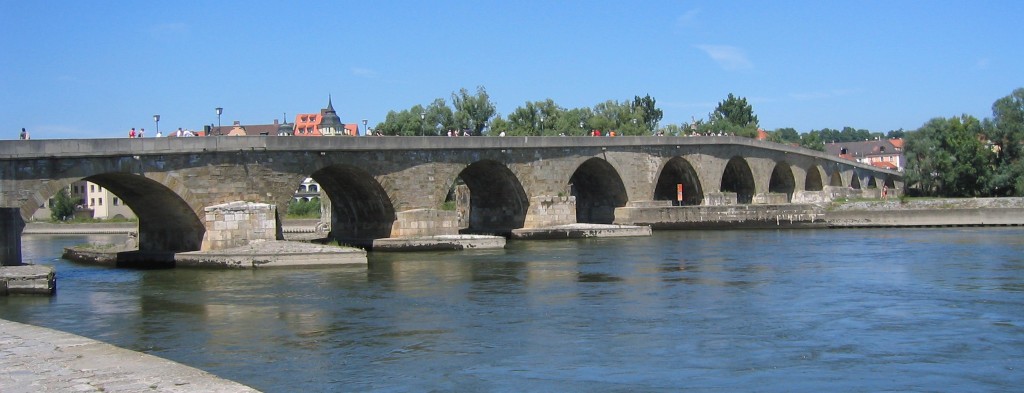A visit to Bavaria would not be complete without a visit to the most magical place in this part of the world - the
Neuschwanstein Castle. It was built by the
Bavarian king Ludwig II, called by his people the "fairy tale king", it was also the ultimate inspiration of Walt Disney.
 |
| fot. Bildagentur Huber |
This is also one of the most crowded tourist attractions in Germany since every year over 1.300.000 people crosses its gate. To avoid huge queuing, all guides recommend to be in the ticket office before it gets open. I have decided then that we need to arrive to the town of
Schwangau the evening before. The moment I looked up, I realised it was a great idea. At night, you can almost touch the magic of the place.
In the morning the castle still looks great. As you can see, it is located on the top of a hill, between steep alpine slopes.
Let's pass quickly through the ticket office. Luckily, I have made a reservation.

As we pass the ticket office, you can notice a yellow building behind it. It is the
Hohenschwangau castle. You ask me why someone would build a castle just next to an existing one? Well, there must be reasons why the people of Bavaria believed that the conceiver of the Neuschwanstein Castle was insane.
The road to the Neuschwanstein castle is closed for mechanical vehicles. It can only be accessed on foot or by a horse carriage. Yes, I know which option you chose.
The road is winding but not too steep.
The hill is cut by numerous small brooks, creating lovely waterfalls.
Finally, we arrive on the top of the hill. The castle is quite large ...
... and quite high. Do you think
Rapunzel could have lived there?
Let's go towards the main entrance.
On top of the porch you will notice the coat of arm's of the king.
The inner courtyard is spacious. Still, I felt a bit overwhelmed by all these decorations, balconies, etc.
It is forbidden to take pictures inside the castle. But without seeing its interior you will not be able to fully realise its splendor. I will show you then a few postcards that I bought in the castle's shop. First let's look at the throne hall.
 |
| fot. Bildagentur Huber |
And this is where the throne itself was supposed to stand. If you have a feeling that you are in a church then your intuition is correct - the inspiration for this place was the byzantine
Hagia Sophia church in Istanbul.
 |
| fot. Bildagentur Huber |
A few steps from the throne hall, you will enter into the bedroom of the king. It looks a lot like a chapel as well. Honestly, I would not like to sleep in a place like this. I would feel like preparing for my own funeral.
 |
| fot. Bildagentur Huber |
The largest room of the palace is the Hall of the Singers which was designed to be a mixture of a ball room and a concert hall.
 |
| fot. Bildagentur Huber |
I propose that we go now to the balcony. On the left we can see from there the Mary's bridge (
Marienbrücke), over the Pollät gorge.
And just in front of us the wonderful panorama.
Down in the valley comes the Hohenschwangau castle.
And when you look up, you will see the snowy tops of the Alps.
I must say that I was really impressed by the Neuschwanstein castle. The history has proven that the alleged madness of Ludwig II has given to the world a real jewel.



















































